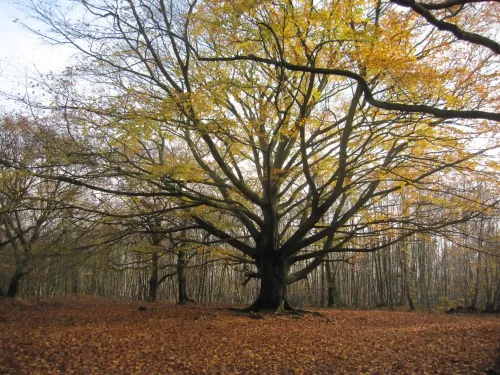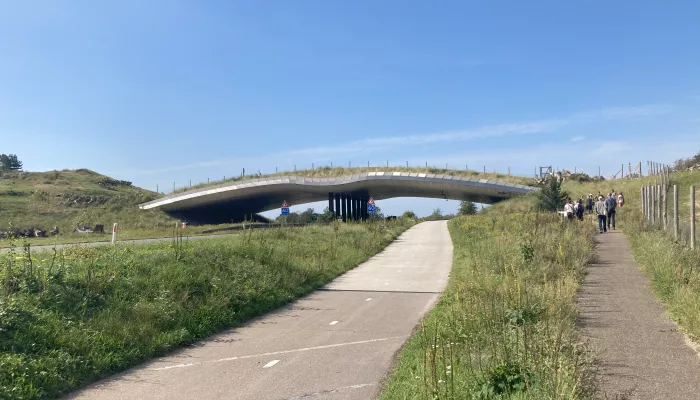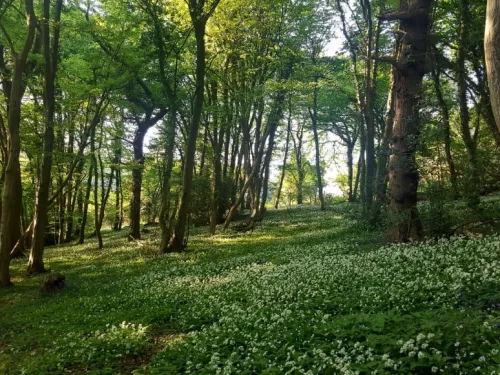
What would life be like without our woodlands?
Natasha Ruskin explores something terrifying: a world without woodlands.

Help us protect and restore the natural ecosystems that we coexist with.

Natasha Ruskin explores something terrifying: a world without woodlands.

Be sure to check out these 10 woods whilst exploring Kent, each offering something a little different across the county.

Long-time volunteer Margery Thomas explores what Hothfield Heathlands is like on a crisp November day.